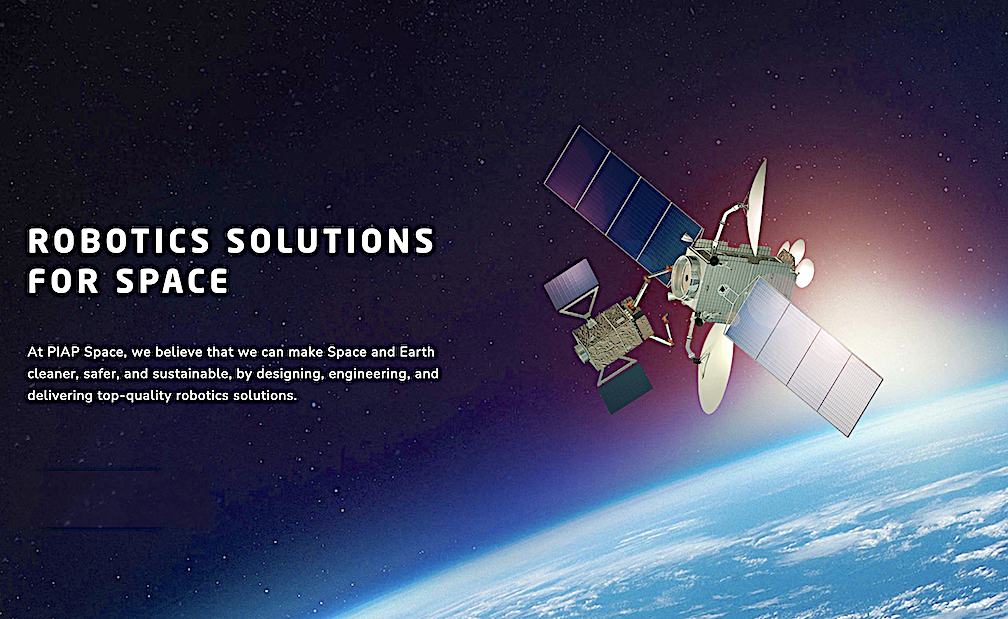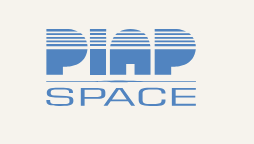

PIAP Space, a Warsaw-based technology company, has announced the launch of the INORT (In-Orbit Refueling Technology for Unprepared and Prepared Satellites) project. The initiative aims to analyze and develop solutions to extend the operational lifetime of satellites by designing in-orbit refueling technology. This technology will solve the problem of satellites being taken out of service due to lack of fuel while they are still fully functional. Poland’s contribution to the European Space Agency (ESA) funds the project that is being executed in collaboration with two centers of the Łukasiewicz Research Network — Institute of Aviation.
In-orbit refueling capability is extremely important for future space exploration. It will bring significant savings, by reducing the costs associated with having to replace satellites with new ones, and will further support more sustainable ways of designing mission and reduce the number of deorbit satellites. The technology can be applied to new generations of satellites as well as to current models that were not originally designed for in-orbit refueling.
Currently, there is no European standard for refueling new satellites. The project involves the development of a comprehensive roadmap for an in-orbit refueling service. It includes the development of all necessary technologies and components, such as proximity operations, docking (also developed by PIAP Space), servicing operations, and disconnection. Therefore, the project will develop docking systems with non-responsive objects, service grippers, as well as robotic arm control systems for precise in-orbit operations. In addition, in-orbit manipulation and fuel transfer technologies will be developed, which will significantly increase service capabilities in space.

“We are excited to contribute to the sustainable development of space technologies through the INORT project. This initiative strengthens our commitment to responsible space operations and actively drives innovation in satellite technology. We are providing solutions that address current needs and shape the future of space technology,” said Marcin Dobrowolski, CEO of PIAP Space.
The INORT project is being implemented in collaboration with two centers from the Łukasiewicz Research Network – Institute of Aviation. The Space Technology Center is responsible for developing refueling technologies, including mechanical connectors and procedures for propellant transfer. Meanwhile, the Unmanned Technology Center focuses on the energy aspects of the servicing mission, the development of optoelectronic sensors required for satellite localization, and the maneuvers involved in docking and post-docking control.
“The ability to refuel satellites in orbit is crucial for the future of space exploration. It can lead to significant cost savings by reducing the need to replace satellites and decreasing the number of satellites that need to be deorbited. This technology will apply to both current satellite models and next-generation satellites,” commented Paweł Surmacz, Head of the Satellite Propulsion Section at the Łukasiewicz – Institute of Aviation.
PIAP Space has been developing robotic solutions for the space industry since 2017. Among other achievements, in 2022, the company’s engineers built a prototype chassis for the Sample Fetch Rover (SFR) as part of the NASA-ESA Mars Sample Return mission, which aims to deliver rock samples from the Red Planet to Earth. PIAP Space is also the prime contractor for the European Space Agency’s advanced robotic arm project, TITAN, which is dedicated to precise orbital operations. In January 2024, the company announced that its prototype robotic arm model (breadboard) is being tested for integration into ESA’s ARGONAUT lander project, where it will be responsible for safely transporting cargo from the lander to the Moon’s surface. This will enable ESA to perform tasks such as manned missions, equipment and material transportation, and autonomous lunar exploration. Recently, PIAP Space also concluded the ORBITA project, aimed at enhancing the utility and efficiency of satellite servicing by introducing specialized robotic grippers designed for in-orbit manipulation.
The Łukasiewicz – Institute of Aviation is one of Europe’s largest research institutions and the leading aviation research center in Poland. The Institute has been conducting research in aerospace and space technologies for nearly 100 years. Its engineers have collaborated with the world’s largest satellite integrators and organizations developing and manufacturing rockets for satellite launches. The Institute has developed many groundbreaking aerospace technologies. In late June and early July, engineers from the Łukasiewicz – Institute of Aviation successfully completed an international launch campaign, preparing the Polish suborbital rocket ILR-33 BURSZTYN 2K for space flight. The launch, conducted on July 3, 2024, from the Andøya Space Sub-Orbital in Norway, reached an altitude of 101 km.
For more information about the project, visit: www.piap.space.
